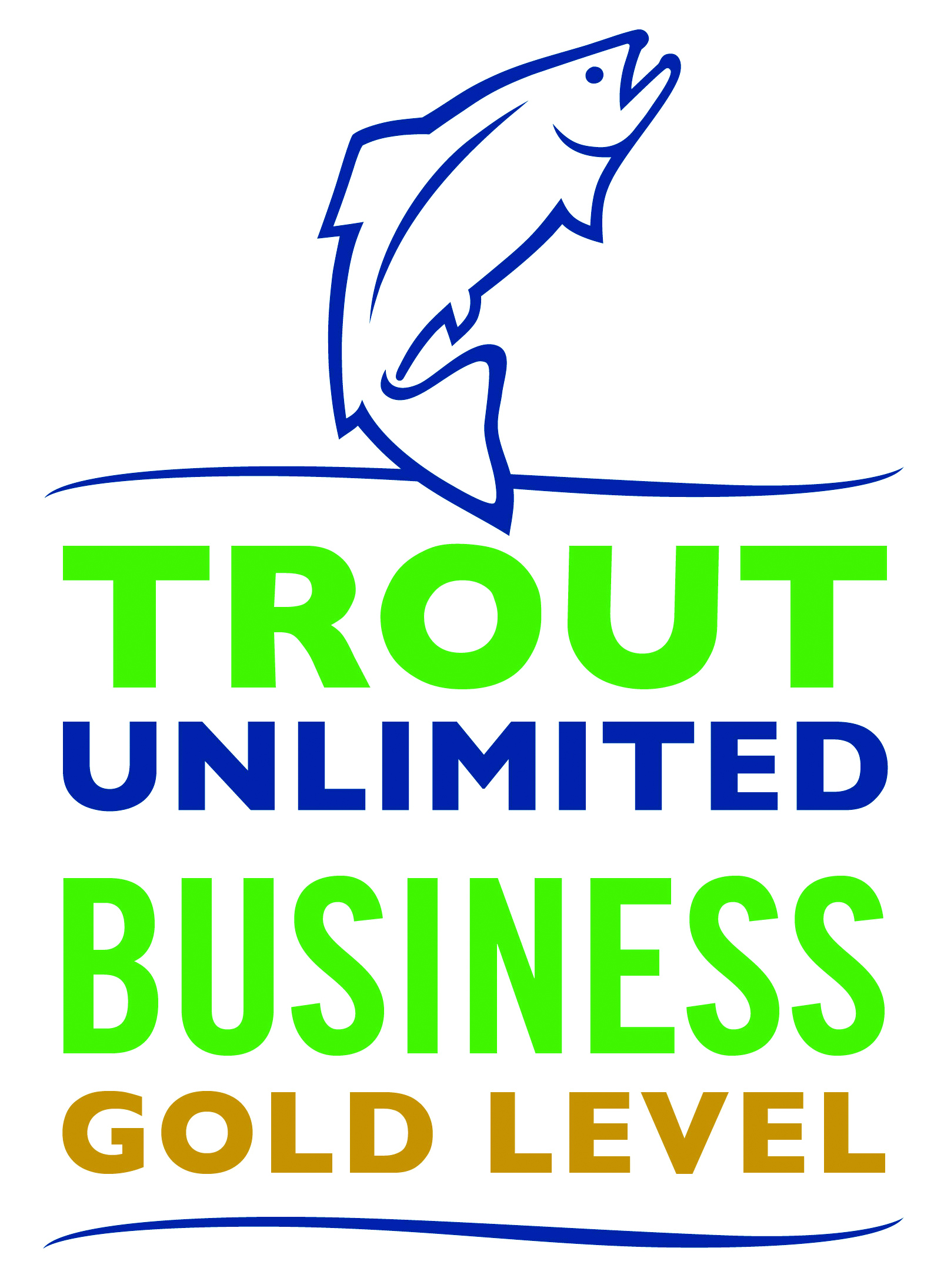Are you thinking about giving flyfishing a try? Hunter, our Clarkesville store manager, just wrote a brief series about selecting a flyfishing outfit. We are sharing it here for the benefit of our rookies and prospects. We’ll start with rods. Enjoy!
And thank you, Hunter.
What’s your perfect setup?
We get a lot of questions about what set up (rod/reel/line) someone should get. The answer is it really depends. Over the next few days we will be going over these key components and explaining what to look for when picking out a new setup for yourself. Today, it’s rods. So what rod should you get? Depends on how you like to fish.
What weight should you use? Depends on what you want to throw. A good size for most styles of fishing is a 5 weight rod. This will help turn over heavier nymph rigs, streamers, and the such and also allow you to land a dry fly delicately. Some prefer lighter weight rods if you are solely dry fly fishing very small creeks, or doing a technique called euro nymphing using a 10 foot 3 weight rod. A 5 weight rod will also allow you to do a little warm water fishing for bass and bream in the area during the summer with small poppers and streamers. If you are looking to fish primarily large streamers for trout or bass, and maybe even some large poppers in the summertime for bass, a rod in the 6-8 weight range will be best for you depending on the size of the fly you are looking to throw and the quarry you are chasing.
A third aspect that some overlook is the action or speed of the rod. This refers to how deep the rod flexes when being cast and how fast it returns to straight. A slower, or full to mid-flex rod will cast better with small lightweight flies or with short casts as this allows the rod to fully load up with the short amount of line being used on short casts, such as small mountain creeks. A faster action, or tip flex rod will cast better with large flies, large nymph rigs, or long distance as these rods take more weight to fully load the rod.
As always, there is more that could be discussed about rods, but this should help give you a basis for deciding what your perfect setup will be. Come by the shop, get some rods in hand and see how they feel to you and learn more about them.
Next up, Reels!





No comments:
Post a Comment